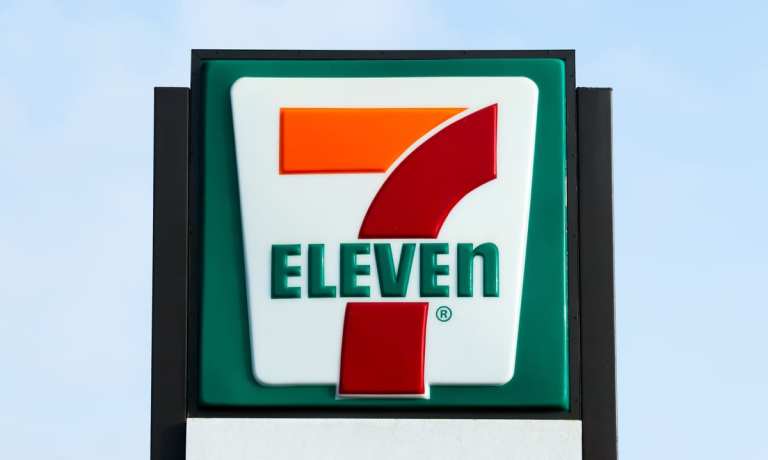7-Eleven And Other Convenience Stores Go High-Tech Even As The Industry Contracts

The number of U.S. convenience stores fell 1.6 percent during 2020 as the COVID-19 pandemic depressed crucial gasoline sales and brick-and-mortar retail contracted in general, but many shops are fighting back with digital technology and other upgrades.
“The sustained growth of online shopping and the long-term effects of the pandemic will continue to reshape consumer shopping routines and affect the overall retail landscape and make for extremely challenging times. [But] there are opportunities, especially for small retail, to implement more online offers and last-mile fulfillment to provide convenience however the customer defines it,” said Andy Jones, vice chairman of research and technology at the National Association of Convenience Stores (NACS), an industry trade association.
The group’s 2021 NACS/Nielsen Convenience Industry Store Count found that America had 150,274 operating convenience stores as of December 2020, down from 152,720 a year earlier.
The group partly blamed less commuting in the COVID-19 era, which hurt the gasoline sales that many convenience stores rely upon to attract customers.
“Pandemic-related restrictions significantly affected commuting in 2020, leading to an estimated 10 percent to 15 percent decrease in fuel demand,” said Lori Stillman, the NACS’s vice president of research.
But while the lower gasoline sales hurt convenience stores, which sell an estimated 80 percent of all fuel sold in America, the NACS said the 80.9 percent of shops that carry gas actually did better than the 19.1 percent that don’t.
“The decrease in the industry store count was more pronounced among stores that did not sell fuel,” the group said in a statement. The NACS said that among the 2,446 stores that closed, 1,986 sites that didn’t sell gas versus just 460 that did.
“Fuel was still an important convenience offer, as customers increasingly relied on their local convenience store to bundle shopping occasions when fueling up and also purchasing fill-in grocery items and take-home meals at stores,” Stillman said.
In fact, the study found an even sharper 9.4 percent decline in the number of “gas station/kiosk” stores that sell fuel but not enough other items to be considered true convenience stores. The NACS said that format has declined by 29.2 percent over the past five years “as more consumers seek out stores that have robust food and beverage offers.”
The group added that the convenience store industry’s overall decline had been “expected given the overall retail contraction in the United States.”
In fact, the NACS said other U.S. retail sectors saw even larger store-count contractions. For example, the number of cigarette outlets fell 8.4 percent, grocery stores declined 4 percent and the ranks of liquor/beer-and-wine stores contracted by 2 percent.
Still, the NACS said overall convenience store count has now fallen for three straight years, beating a two-year run recorded in 2009-2010 following the Great Recession.
But on the plus side, the group said total store counts remain 2.7 percent higher than they were 10 years ago.
Convenience Stores Are Going High-Tech
Smart convenience stores are attempting to stay relevant by moving far away from their low-tech, brick-and-mortar roots.
For example, the Hudson convenience store chain popular at airports and other travel hubs will soon roll out Amazon’s Just Walk Out technology at some sites to let customers grab items and go without standing in checkout lines. The system, which Amazon uses in its Amazon Go stores, will automatically charge consumers’ credit cards and email customers their receipts.
“The addition of Amazon’s Just Walk Out technology perfectly complements our current digital footprint, providing travelers with yet another quick, secure, and contactless shopping experience that meets their needs,” Brian Quinn, Hudson’s executive vice president and chief operating officer, said in announcing the plan.
Meanwhile, Raghu Mahadevan, senior vice president and head of digital at 7-Eleven, recently told Karen Webster that his company aims to “redefine convenience. We’re trying to look out for what’s next, where the consumer is heading and how can we make it a really delightful shopping experience for them.”
Upgrades to 7-Eleven’s traditional brick-and-mortar business include a mobile wallet, delivery service, self-checkout options and a loyalty program that’s already signed up 40 million customers.
“Ultimately it goes back to the fact that customers want convenience,” Mahadevan said. “If you make it convenient for the customer and offer them value and safety front and center, you will be the company that best serves that customer.”